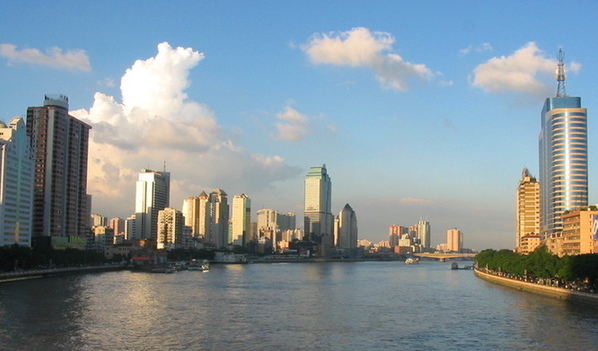escobar
Brigadier
The first two months of 2012 saw China's industrial businesses suffer their biggest decrease in profits in three years.
To many, that signaled the country's economy was worsening under the pressure of declines in exports and property prices and that authorities would be more inclined to ease monetary policies.
In the first two months, industrial companies' net income decreased by 5.2 percent from a year before, hitting 606 billion yuan ($96 billion). That came after a relatively strong year in 2011, when their net incomes had increased by 25 percent, according to a statement from the National Bureau of Statistics on Tuesday. During the first two months of that year, their profits increased by 34.3 percent.
The slowdown brought the government under more pressure to loosen monetary policies to stimulate investing and manufacturing, analysts said.
According to the statistics bureau, companies involved in processing ferrous metals saw their profits decrease by 94 percent, the biggest loss among the representatives of 41 industrial sectors that were surveyed.
Meanwhile, the profits of the petrochemical, coking and nuclear-fuel processing industries all declined in the first two months, the statistics bureau said.
Gao Ting, chief China strategist at UBS Securities Co Ltd, said on Tuesday in Beijing that the numbers are a signal that the country's economy continues to grow slowly amid weak demand from overseas markets. He said the country's GDP growth rate may hit its lowest point for the year in the first quarter, dropping to 8.2 percent.
"A direct indicator is the significantly slowing growth of power-generation capacity, which was 7 percent from January to February, compared with 10 percent in the last month of 2011," Gao said.
"The earnings of Chinese non-financial listed companies are expected to decrease by about 10 percent from a year ago in the first quarter."
Qiu Zhiming, president of Beifa Group Co Ltd, a pen maker and exporter in Ningbo, Zhejiang province, said the increase in his company's sales would be slightly smaller this year but still not negligible.
"Our market is abroad, so we are affected by the global economy more than the domestic," he said.
Qiu said it is good news that the economic growth of the US - Beifa's biggest export destination - is recovering faster than expected.
Gao predicted China's GDP would grow by 8.5 percent this year, higher than the government's 7.5 percent target. The country's rate of economic growth is expected to rebound to 8.6 percent in the second quarter, bolstered by a global economic recovery, he said.
"The biggest potential risks are likely to come from the property market, since sales of commercial houses may decrease by 15 percent this year and the government may maintain its tight control of the real estate sector."
A preliminary measure of China's manufacturing activity fell to a four-month low of 48.1 in March from 49.1 in February, suggesting the second largest economy in the world may continue to slow, according to HSBC Holdings Plc. Anything above a 50 on the gauge, which was released last week, indicates an expansion and anything below a 50 indicates a contraction.
"The government needs to cut interest rates and push investment projects in the coming months," Zhang Zhiwei, chief economist for China at the Japan-based financial services company Nomura Holdings Inc, wrote in a research note after the statistics bureau released the data.
Gao said the government's policies are being eased but only in a moderate way. He said the government is unlikely to introduce a large package of stimulus policies this year, a time when authorities are continuing to call for "steady growth".
Last edited:

